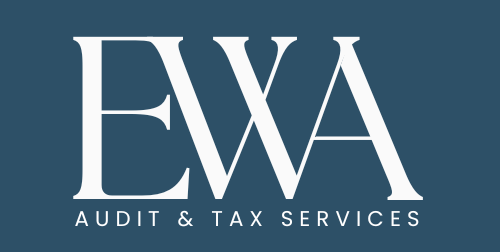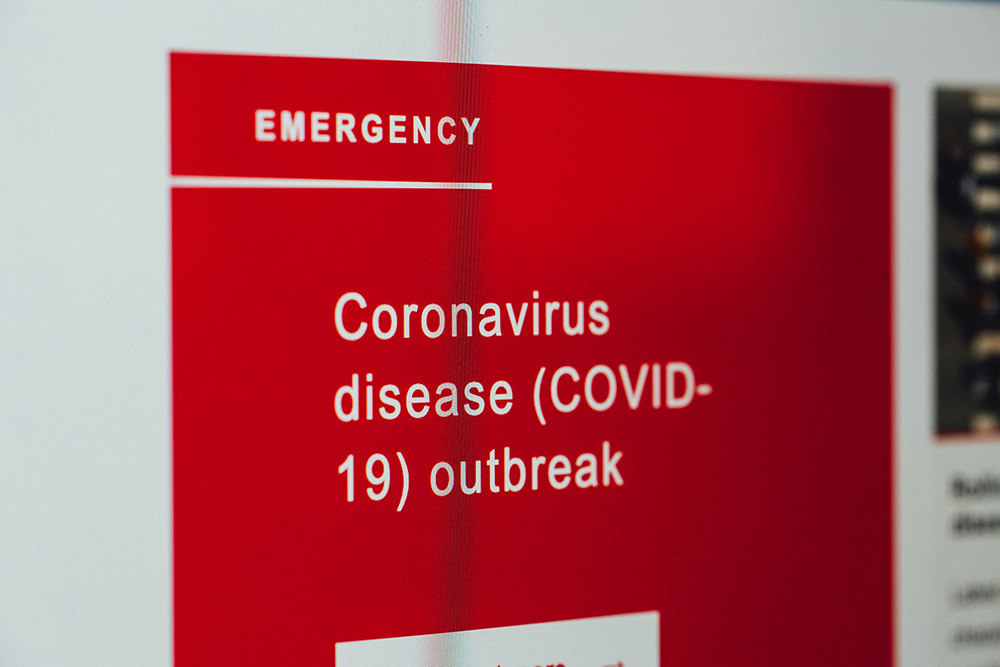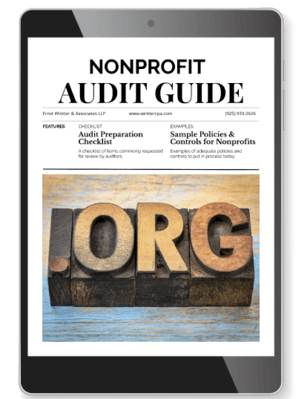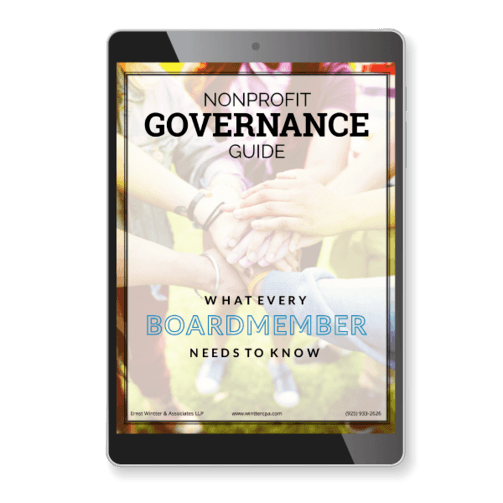There’s no question that the Novel Coronavirus has caused chaos across our country, and nonprofits are not exempt. Some nonprofits, including California nonprofits, are overwhelmed with requests for services or financial help, while others have been forced to close temporarily. Either way, it’s critical that you know about new legislation passed in response to this crisis. When the Families First Coronavirus Response Act was signed into law on March 18, 2020 American workers were given new family leave and sick benefits during the pandemic. Even nonprofit employers with less than 500 employees are subject to the law. However, there are some hardship exemptions for organizations with fewer than 50 employees. Here are some of the highlights.
Three important components of the new law nonprofits should be aware of
1. Paid sick leave
Under this new law, employees who get sick, are forced into isolation by a doctor or the government, needs to take care of a sick relative, or has to take care of a child due to school closures, your company has to give them two weeks of paid leave. In California, this represents an additional week of leave. The Feds also mandate the following formula to determine mandatory pay: first, for part-time workers, you must pay for hours based on the previous two week’s average. However, there is a maximum required payout of $511 per day and $5,110 total for employees on leave because of their own health issue, or $200 per day and $2,000 total to care for others. Keep in mind that under California law, quarantine is considered a preventive health measure so you need to treat it accordingly. Also, you cannot require that your employee use sick leave while quarantined.
2. Job-protected leave
Employers are required to give employees 12 weeks of job-protected leave if they need to take care of their child while schools or daycare centers are closed. Federally, this is an extension of the Family and Medical Leave Act. Now you also have to pay them two-thirds of their regular wages, not to exceed $200 per day and $10,000 total. Under federal law you don’t have to pay employees for the first 10 days off. However, California law allows the use of sick leave (as preventive care) or any other form of paid leave during this period. If regular or sick leave is used, you’ll pay the employee’s regular rate.
3. Employer payroll tax credits
So that employers can afford this paid time off, the law creates special tax credits. Particularly, the wages paid for sick and medical leave, along with your company’s contributions to health plans, are refundable from the payroll tax at 100%. Lastly, employers don’t have to remit payroll taxes on those leave-related wages paid.
Unemployment benefit expansion
To help states process and pay unemployment insurance claims, Congress has given them $1Billion in grants. Therefore, if your nonprofit needs to lay off employees during the COVID-19 pandemic, there is better financial assistance available to them. Of course, everyone agrees that this doesn’t go quite far enough. Recently, Congress passed the CARES act, which provides more unemployment money and an individual stimulus payment for most Americans. It also provides for subsidized loans and grants that can help distressed employers to make payroll, and much more.
Nonprofits Needs Vary
Individual nonprofit organization needs vary. For more information on nonprofit audits, download our free ebook Nonprofit Audit Guide today.








